 Red-S sap athletes' energy and may prevent women from menstruating. Photo: John Fedele
Red-S sap athletes' energy and may prevent women from menstruating. Photo: John Fedele
When Dame Laura Kenny competed last year In terms of the number of female athletes she knew who had struggled to get pregnant, it was one of the most sobering interviews the golden British cyclist gave before putting an end to her illustrious career .
“We've all heard about Red-S—women stop menstruating. You can't get pregnant if you don't have your period,” said Kenny, Britain's most decorated Olympian.
“It's a really unhealthy lifestyle that these women can't afford. I have children, and this is actually very sad.”
As she cradled her second son Monty, Kenny mentioned Red-S three times, calling it «really dangerous» due to the fact that it can seriously affect a woman's fertility. Kenny may have had a good understanding of this condition throughout her athletic life, but knowledge about it in the sporting community remains alarmingly sparse.
It stands for relative energy deficiency in sport and is a syndrome that has destroyed — and continues to destroy the dreams of many athletes. Men can also experience the condition, which develops in athletes when they overtrain and lack energy for an extended period.
Sometimes this can be unintentional — athletes simply do not realize that they are not eating enough for the amount of energy they burn. In other cases, it may be exacerbated by «sports culture» and the perceived short-term performance gains from calorie restriction.
The complex condition not only affects athletic performance, but also affects a range of body systems, from reproductive health, cognitive function, and immune dysfunction. For women, one warning sign is a lack of menstruation, which means the body has chronically low levels of estrogen, a female sex hormone that is also critical for bone density. Men may experience low testosterone and low libido.
«We don't think you should exercise»
Three years ago, Telegraph Sport interviewed two promising British athletes whose lives were unexpectedly turned upside down after they were diagnosed with Red-S. Bobby Clay and Issie Morris, a middle-distance runner and triathlete respectively, were national age-category athletes with their best years ahead of them before they discovered they had the disease.
Clay, a former European junior middle-distance champion, was a precocious talent who made the Great Britain under-20 team when she was just 15 years old. But three years later, her career came to an abrupt end after she broke her leg during a race. the edge of the pool makes a tumbling turn. She was diagnosed with osteoporosis and put on hormone replacement therapy, typically used by older women to relieve menopausal symptoms, for more than a year to artificially induce menstruation.
Since then, Clay's reproductive health has improved. She's had regular natural periods for the past two years, but the invisible battle scars of Red-S are still there. “As far as bone health goes, I don't think there's been any improvement, but I'm blissfully unaware right now,” Clay says.
“I've been working so hard on rehab, everything in my body was talking me that I was doing the right thing, but I had a scan and the medical professional told me: “We don’t think you should exercise.” The results never improved and I thought, “Do I really need this information?”
Although Clay is still susceptible to stress fractures, she has her own holistic measures of success. She completed an ultramarathon last summer, providing the closure she had craved seven years after her weakened bones gave up on her. “I never got to say goodbye to the sport,” she says. “One minute I was racing on top of the world, and the next it was all gone. When I was training for an ultra, for the first time in my life, running felt like a relief rather than a pressure. I was proud that I had just made it to the starting line. Refueling during long runs became completely normal. Food became a joy.”
Clay no longer wears a watch when he runs. Pace and other indicators faded into the background. A near-fatal incident last October when she was hit by a car while jogging also confirmed the 27-year-old's body was more robust than scans would suggest. “Thank God my body took it,” reflects Clay, who fractured her lumbar spine in the accident. “The only reason it happened, I was told, was because I spent a lot of time in rehab and working out in the gym. My musculoskeletal system supported me.»
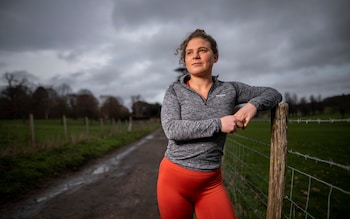 Bobbi Clay was a precocious athlete before her career was over due to RED-S Credit. : Paul Grover for Telegraph «I couldn't motivate myself»
Bobbi Clay was a precocious athlete before her career was over due to RED-S Credit. : Paul Grover for Telegraph «I couldn't motivate myself»
Like Clay, Morris began taking HRT at the age of 21 in a desperate attempt to reverse long-term hormonal imbalances resulting from eating too little for her training. She developed osteopenia (the stage before osteoporosis) and was forced to take an indefinite break from triathlon. She recovered in time to represent Wales at the 2022 Commonwealth Games and Great Britain at the European Championships in Munich, but by this point her struggles to beat Red-S had already taken their toll. A few months after hitting that high, she stopped training altogether.
“I just hated it,” Morris says. “I couldn't motivate myself. It took so much to get back from Red-S. I didn't want to be the unlucky triathlete who lost out to Red-S — that was my motivation and I felt like I had achieved it.»
Given that the recovery process from Red-S is very individual, unlike Clay, Morris's bone health has improved significantly. Osteopenia in her lumbar spine has since resolved, but she recalls one grim moment when a bone density scan showed it was still present. “I started crying,” Morris says. «I thought, 'Where do I still have this?' When I had my first scan it was in my lumbar spine, left hip and right hip, but now it's only in one hip.»
Morris, who completed her master's degree in sports and performance nutrition this year, launched her own nutrition business, I'm Set Nutrition, which aims to educate and advise people on adequate nutrition to meet their energy needs.
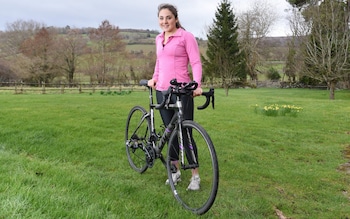 Issy Morris started taking HRT aged just 21 after developing Red-S. Photo: Jay Williams for Telegraph
Issy Morris started taking HRT aged just 21 after developing Red-S. Photo: Jay Williams for Telegraph
“The lesson from biology is that we need energy for everything, including sport,” explains Dr Kirsty Elliott-Sale, professor of female endocrinology and exercise physiology at Manchester Metropolitan University, speaking to Telegraph Sport at the Sport Accord 2024 conference in Birmingham. . “When you redirect energy to exercise, certain physiological systems tell us we don't have enough energy, and one of the first systems to shut down is the reproductive system. The idea is that once you are full again and have enough energy, the body should send this signal again to turn this system back on. But it's not really a switch, and the time it takes varies greatly.»
Lack of menstruation (amenorrhea) has historically been considered the first warning sign of Red-S, a red flag that should not be ignored. But Dr Elliott-Sale believes there are other forensic signs that help identify Red-S, such as ovulation and monitoring levels of progesterone, a hormone produced by the ovaries that prepares the body for pregnancy. «These things give us a wonderful set of measures for menstrual health that allows us to see how someone is a little off schedule before they become amenorrheic,» she says.
In February, the International Sports Federation rock climbing became the first international federation of sport climbing. The sport's governing body should introduce a comprehensive policy on Red-S, but awareness of the disease remains patchy.
Last summer, while attending the European Youth Olympic Festival in Maribor, Dr Niall Elliott, head of sports medicine at the British Olympic Association, was shocked to discover an alarming number of medical professionals who appeared to know nothing about the syndrome. He recalls attending a committee meeting with medical advisers from national federations from around the world.
“The medical director asked how many of us had heard of Red-C,” he says. “About five of us in a room full of 50 people raised our hands. There are consultants in hospitals who don't believe Red-S exists. Is this what they teach in medical school? Not really.”
There is a growing call for GPs to have more knowledge about Red-S, which is often only diagnosed by sports doctors. One of the recommendations put forward in the 2023 Athlete Health Report published by Project Red-S and Kyniska Advocacy was to create a resource for GPs to better understand the syndrome and, more generally, menstrual health. Of the 796 female athletes surveyed, health professionals told 30 percent that it was normal to have a late period, while a significant number noted a lack of understanding among health professionals and coaches.
“Nobody in the UK had any idea about this. what was that'
When Pippa Woolven, a former British steeplechase runner, was diagnosed with Red-S in her twenties after years of undernutrition as she was drawn into the «clean eating» culture while training on a running scholarship in the United States, she I began a long search for answers. Instead of the decline in bone health she later experienced, her short-term symptoms ranged from chronic fatigue to mood swings and brain fog.
“I came back to the UK and no one had any idea what it was,” says Wolven, who also hasn't had a period for eight years. “My coach didn’t know, my doctor didn’t know. I visited endocrinologists and specialists all over the country and no one could piece together the symptoms of this disease. Nobody really knew, we were in the dark trying to solve this problem.”
Woolven had been taking a pill for years that causes a monthly “withdrawal bleed,” which, contrary to what many female athletes believe, is not the same as normal menstruation and can mask cycle-related Red-S symptoms. Like Clay and Morris, she started taking HRT, endured a three-year wait for natural periods to return, and counts herself among the lucky ones to give birth to her first child, Allister, last year.
«If I had wanted children when I was in my mid-twenties, there was no way I would have been able to do it, and then I would have had to go on a really stressful journey trying to restore my fertility in a race against time,» she says. “Athletes potentially retiring in their mid-thirties due to lack of energy, having to pay off that debt and regain their health over time is a concern.”
Wolven's experience led her to create Project Red- S, an online resource providing information on prevention and support for this disease.
She receives about 20 emails a week from athletes seeking advice. “This applies not only to women, but also to guys,” she says. “It was a crazy realization of the scale of the problem. I think it's getting worse and worse because of social media influencers — they're not experts or elite athletes — so people are training like elite athletes without medical support.»
Here's why Evidence athletes from those who have gone through this condition and come out the other side have never been more important. So, what would Clay and Morris say to those who may suspect they have Red-S and are worried about their fertility?
“Be proactive,” says Morris. “Because it is hidden, something can happen without your knowledge. There's no point in ignoring any signs you may have.»
Clay's advice is simple but poetic. “Accept yourself as an individual, away from sports,” she says. “Consider yourself a person, not a means to do something. To be, not to do.”








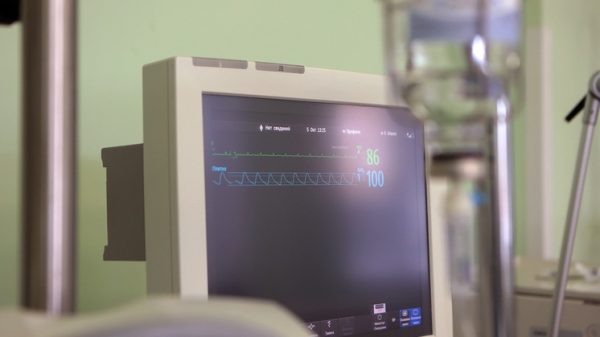










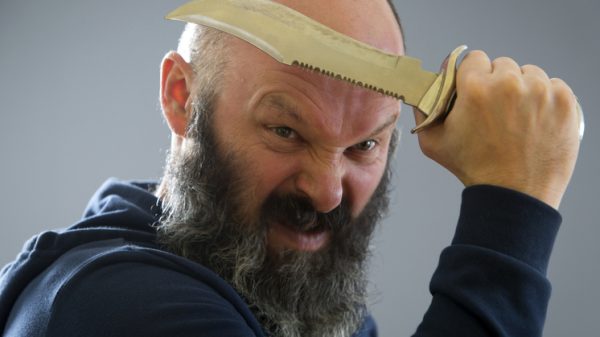
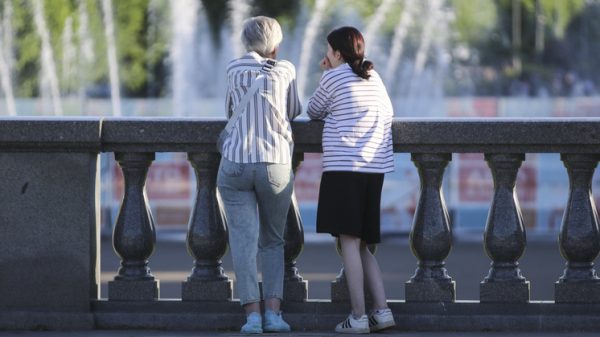







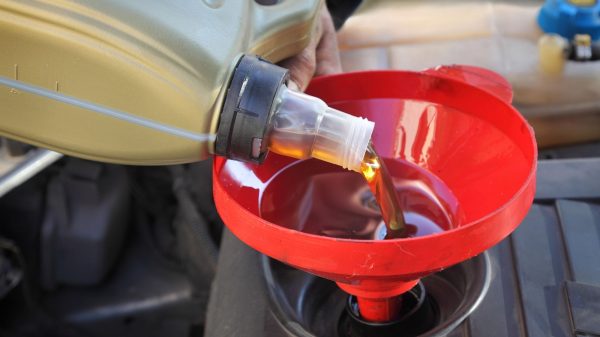





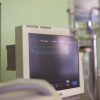




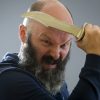


















Свежие комментарии